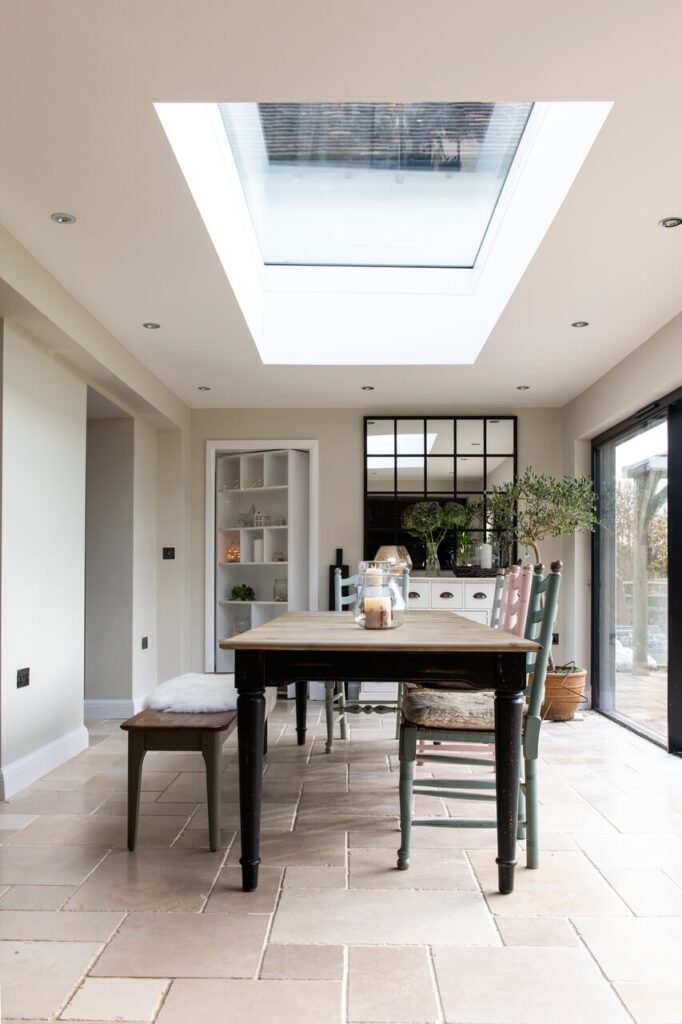Velux roof windows are the fantastic additions to bring natural light and fresh air inside your home. When winter approaches, most homeowners notice condensation on their Velux windows. It’s annoying; if left unchecked and can lead to water stains, mould, and structural damage around your window frames. If you’ve been wondering why your Velux windows condensate in winter, please check what you need to know and how to fix it.
Why Does Condensation Happen on Velux Windows in Winter?
Condensation is a natural process which occurs when warm, moist indoor air comes into contact with a cold surface like your Velux window panes during winter. This moisture can turn into water droplets and create foggy or wet windows. They are especially in rooms like bathrooms, kitchens, or attics where humidity levels are higher.
During winter, the problem worsens due to:
- Reducing outside temperatures, making your window glass much colder than indoor air.
- Rising indoor humidity because of heating, cooking, and showering, resulting in excess moisture inside your home.

What are the Common Signs of Window Condensation?
If you notice any of these signs, it can indicate that Velux windows are struggling with winter condensation.
How to Fix Velux Window Condensation in Winter?
Fortunately, condensation is preventable with a few simple strategies. Please check out how to keep your Velux windows clear, dry, and healthy during the cold season.
Improve Indoor Ventilation
Good airflow can reduce moisture indoors. You can open your Velux windows for a few minutes daily and allow fresh air to circulate and stale, moist air to escape. You can use extractor fans in kitchens and bathrooms, or install Velux roof window ventilation options like passive vents.
Use a Dehumidifier
A dehumidifier can be handy in spaces prone to high humidity, like bedrooms and lofts. It can help you maintain optimal humidity levels (ideally between 40-60%) and significantly reduce condensation on your windows.
Check for Insulation Gaps
Poor insulation around your Velux windows can result in cold air leaks and make the glass even colder. You can inspect the window frames and surrounding areas for drafts or gaps and seal them properly. You might add thermal blinds or Velux blackout blinds with insulating properties to improve heat retention.
Keep Indoor Temperatures Consistent

You should avoid large temperature fluctuations inside your home. You can keep your indoor temperature consistent and prevent excess moisture from building up on cold surfaces.
Upgrade to Velux Energy-Efficient Glass
If you have older Velux windows, you can upgrade to energy-efficient glazing like Velux’s triple-glazed or anti-dew options, designed to reduce heat loss and minimise condensation.
Conclusion
Winter condensation on Velux windows is common but manageable. You can improve ventilation, control humidity, seal drafts, and maintain consistent temperatures. This way, you can enjoy the benefits of your Velux windows without the hassle of foggy glass and moisture buildup.
You can do a few simple adjustments and make your home feel warmer, drier, and far more comfortable this winter. For more information about Velux roof windows, you should contact Yorkshire Roof Windows at 07572 814560.








